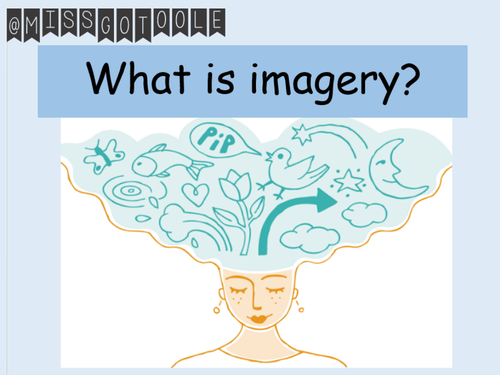MissGOToole's Shop
Thank you for visiting my shop! I am a secondary school English teacher with a BA in English Language and Literature, and an MA in English Literature with a speciality in poetry. I create classroom display resources, English teaching tools and revision material.























